Optimal Timing for Foundation Repairs
Understanding the optimal timing for foundation repairs can influence the effectiveness and longevity of the work. Seasonal conditions, soil moisture levels, and temperature fluctuations are key factors that impact when repairs should be scheduled. Proper timing ensures that repairs are performed under conditions that minimize complications and promote stability.
Spring offers moderate temperatures and increased soil moisture, facilitating effective repair work. However, excessive rain can cause delays.
Summer provides warm weather conducive to construction, but high temperatures and dry soil may pose challenges.
Fall often features cooler temperatures and stable soil conditions, making it an ideal time for foundation work before winter.
Winter is generally less suitable due to freezing temperatures and frozen ground, which can hinder excavation and curing processes.
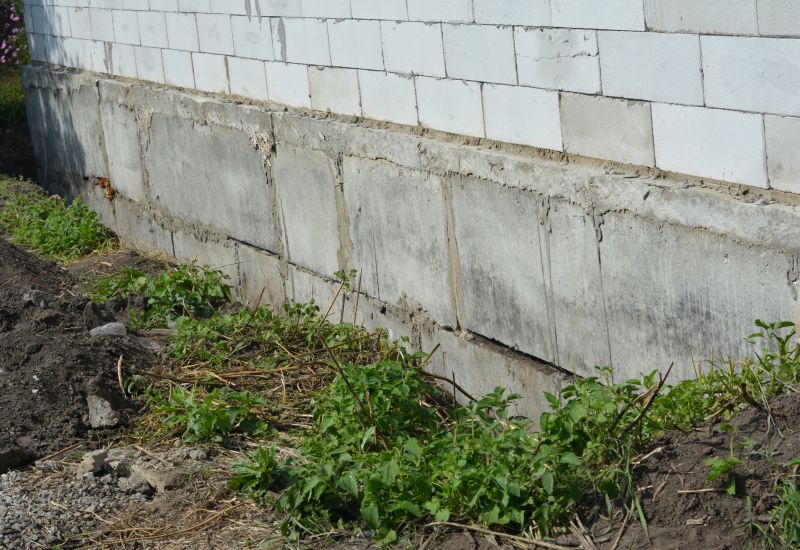
Soil tends to be moist and workable, ideal for foundation repairs.
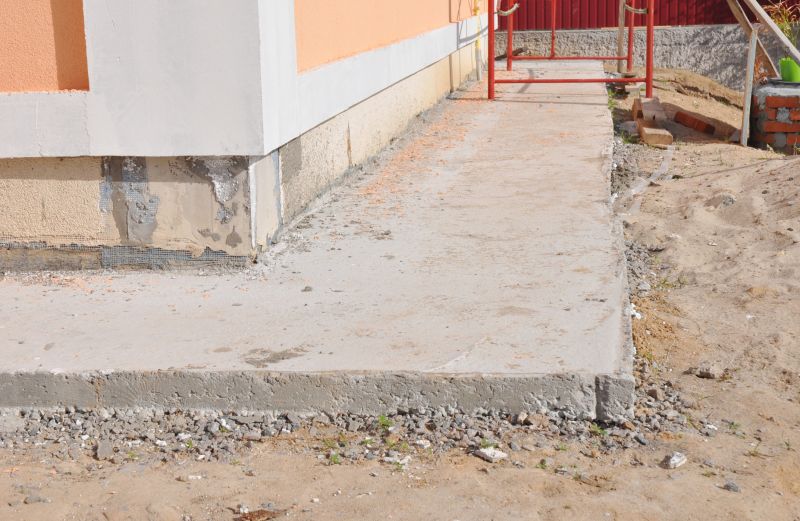
Warm weather allows for efficient repair work and curing.
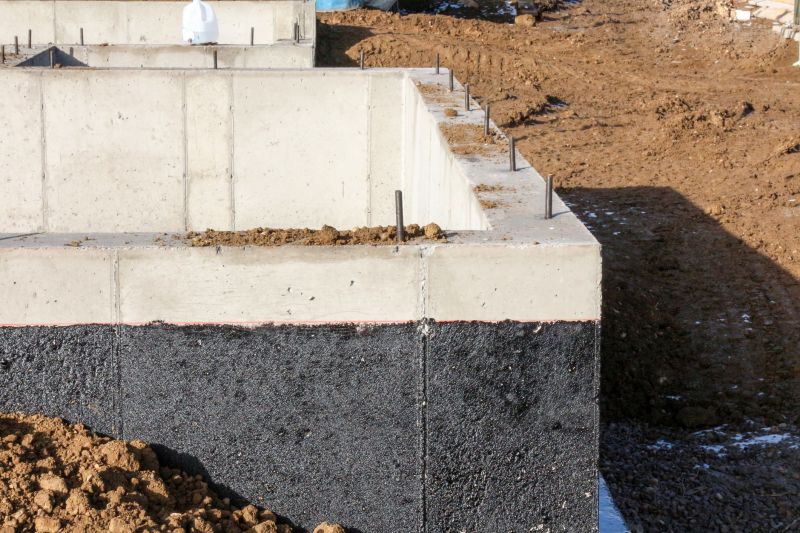
Cooler temperatures and stable soil make fall suitable for foundation repairs.
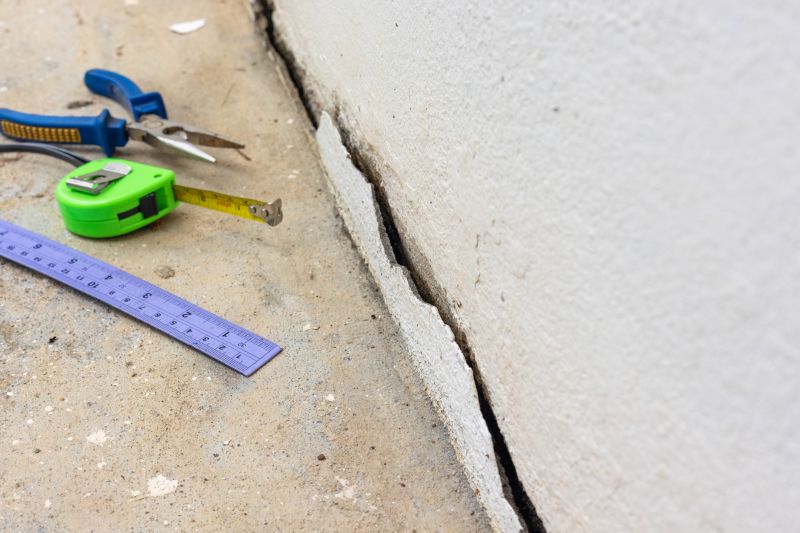
Ways to make Foundation Repairs work in tight or awkward layouts.
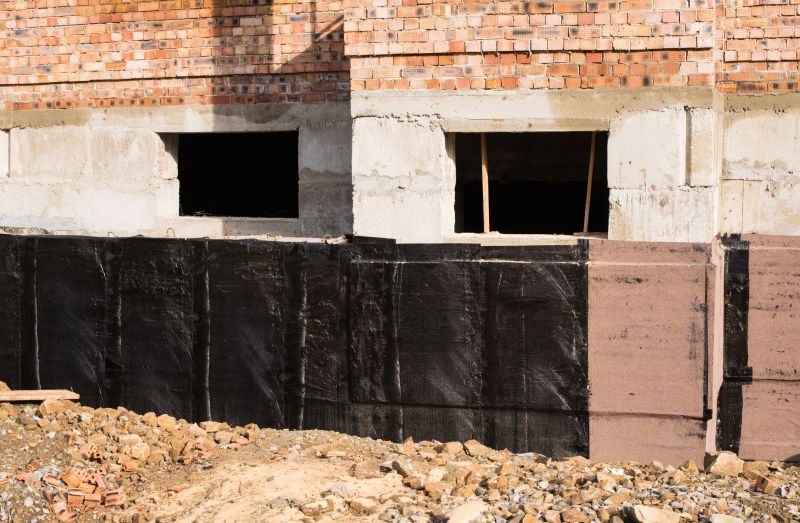
Popular materials for Foundation Repairs and why they hold up over time.
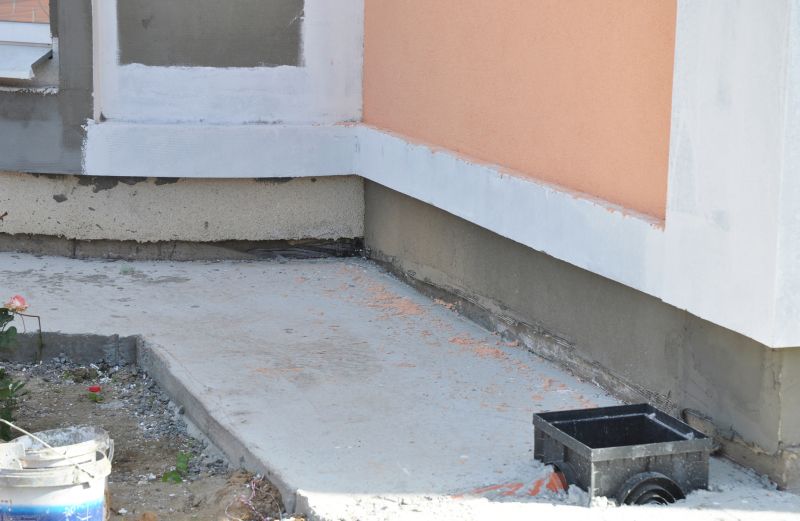
Simple add-ons that improve Foundation Repairs without blowing the budget.
| Season | Advantages |
|---|---|
| Spring | Moderate temperatures and increased soil moisture support effective repairs. |
| Summer | Warm weather enables efficient work, but high temperatures may require precautions. |
| Fall | Cooler temperatures and stable soil conditions make it ideal for repairs. |
| Winter | Generally unsuitable due to freezing ground and low temperatures. |
Foundation repairs are essential for maintaining structural integrity and preventing further damage. They often involve addressing issues such as settling, cracking, or shifting caused by soil movement, moisture changes, or other environmental factors. Timely repairs can help avoid costly future repairs and preserve the value of a property.
Statistics indicate that foundation problems can affect up to 25% of homes in regions with expansive clay soils. Properly timed repairs, especially during optimal seasons, can significantly extend the lifespan of a foundation and improve safety. Consulting with foundation specialists can help determine the best schedule for repairs based on local conditions.
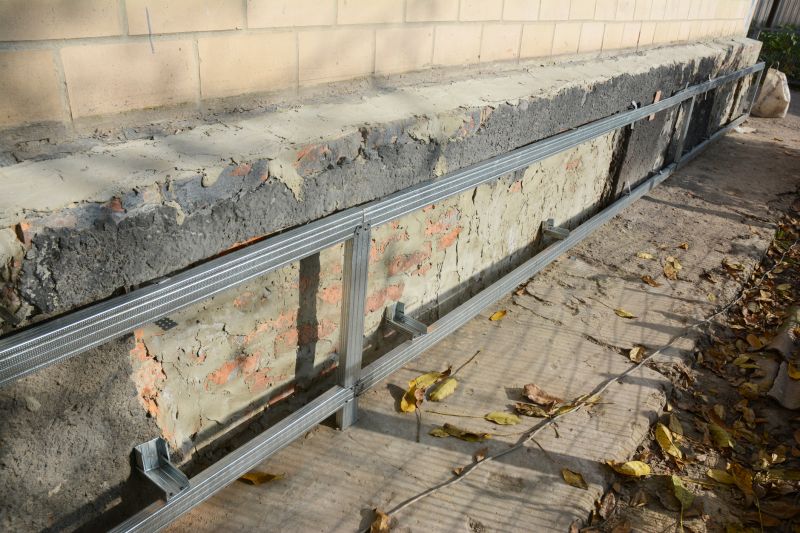
Includes assessment, stabilization, and reinforcement to restore stability.
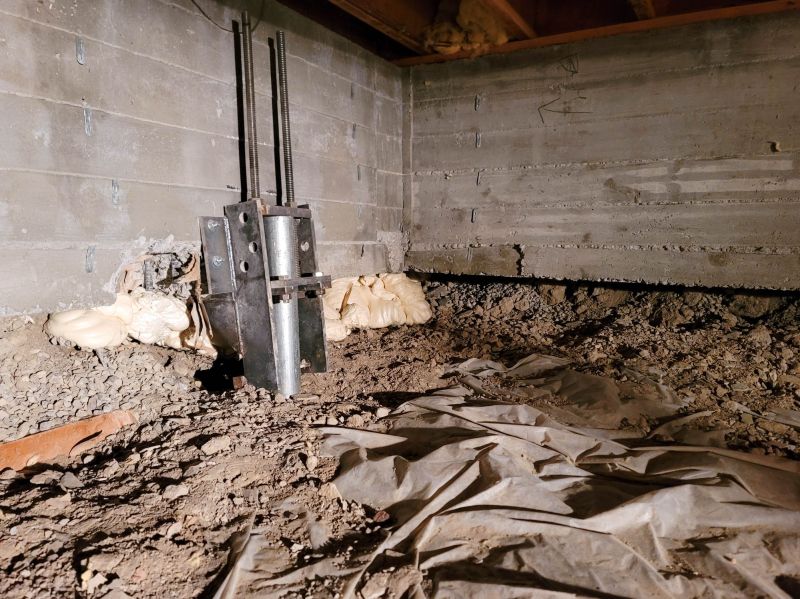
Piering, underpinning, and slab jacking are frequently used methods.
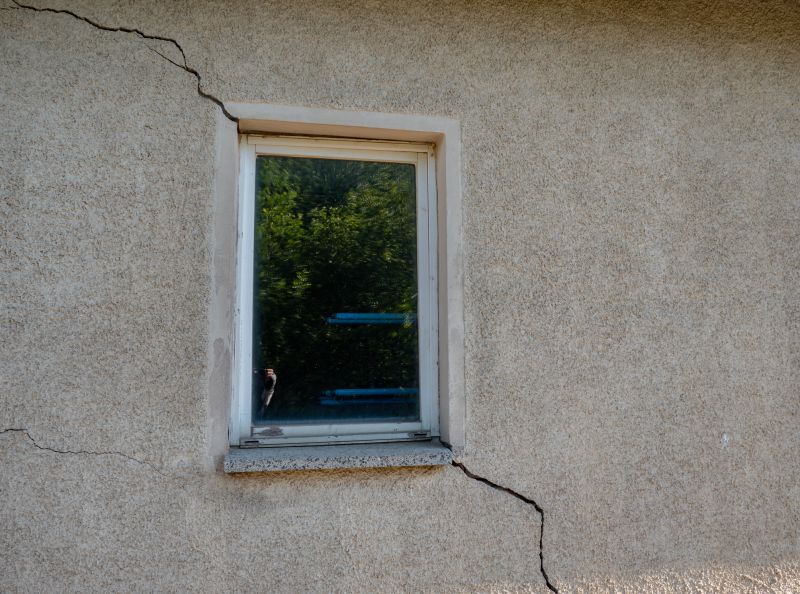
Cracks in walls, uneven floors, and sticking doors indicate potential problems.
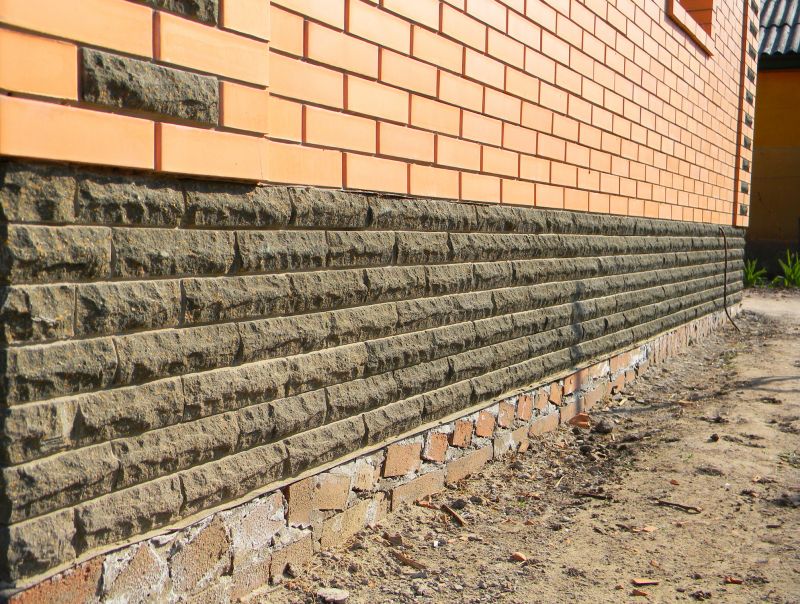
Early intervention can prevent extensive damage and costly repairs.

High-end options that actually feel worth it for Foundation Repairs.
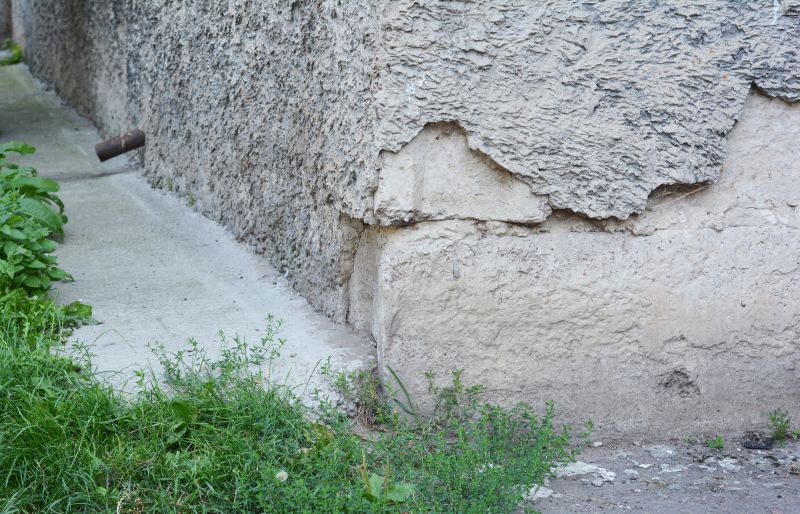
Finishes and colors that play nicely with Foundation Repairs.
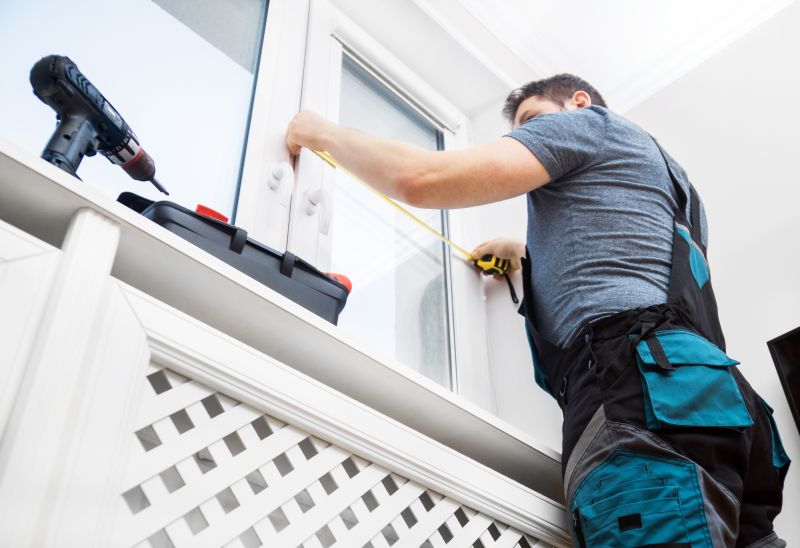
Little measurements that prevent headaches on Foundation Repairs day.
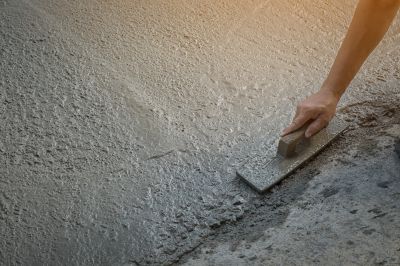
A 60-second routine that keeps Foundation Repairs looking new.
Interested property owners are encouraged to contact for more information about foundation repair options and scheduling. Proper timing and professional assessment can ensure the longevity and safety of a building’s foundation.


